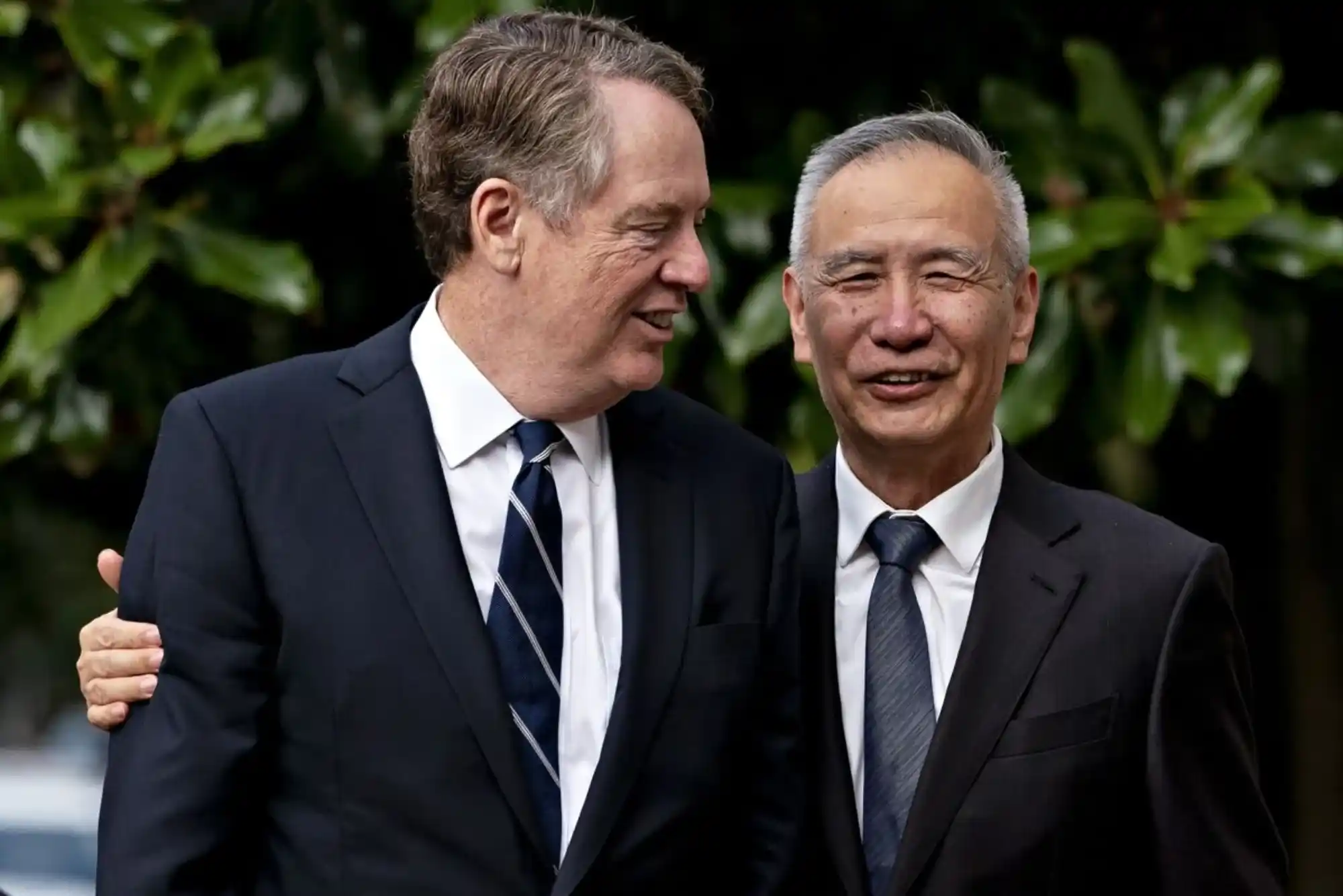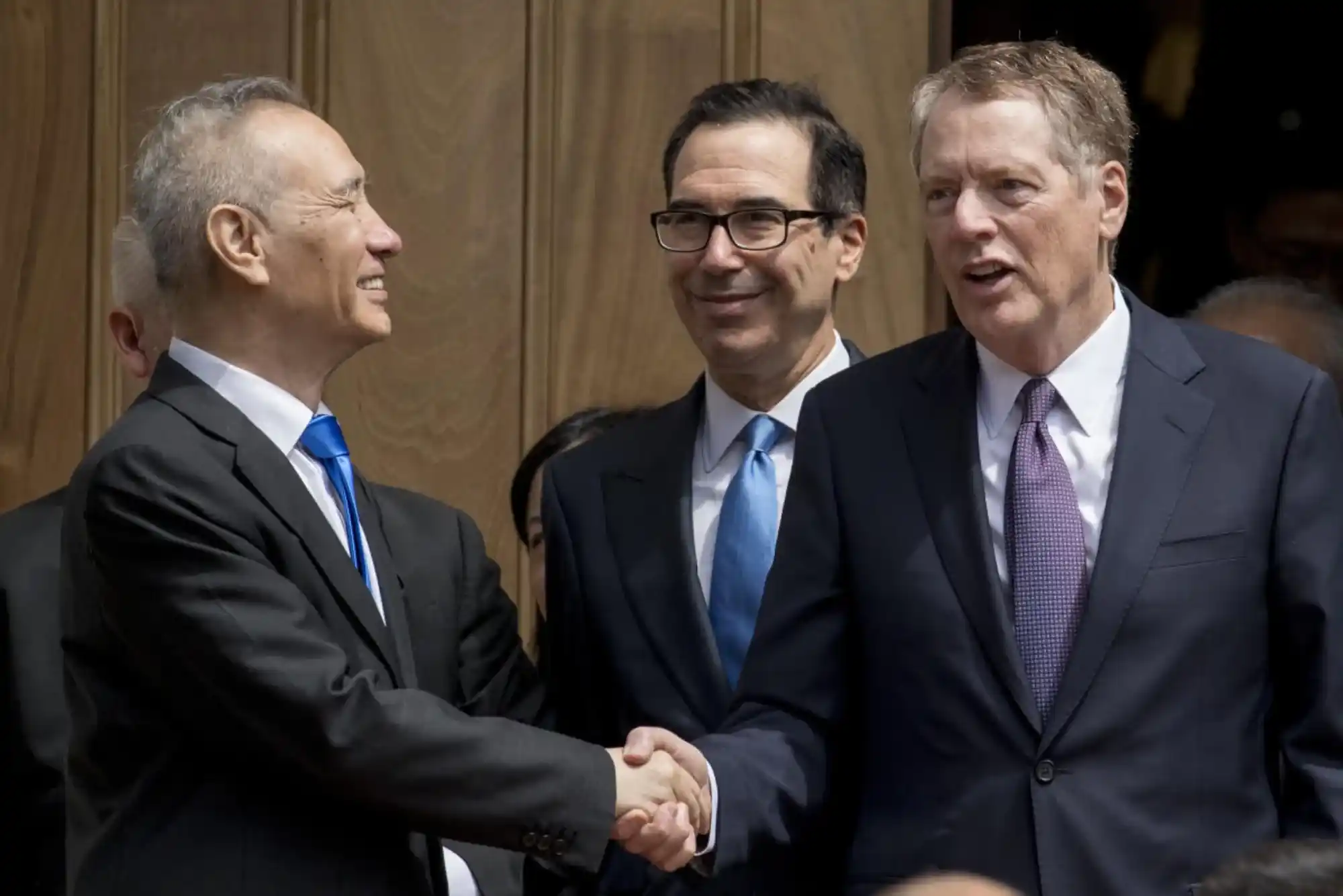The General Agreement on Tariffs and Trade (GATT) was established in 1947 as a cornerstone of international trade law. It emerged from the aftermath of World War II when nations sought to rebuild their economies and establish a more cooperative global trading system. The agreement aimed to reduce barriers to trade and promote economic stability by fostering multilateral trade negotiations. This article delves into the origins, objectives, principles, and impact of the General Agreement on Tariffs and Trade in 1947.
Historical Context
The genesis of the General Agreement on Tariffs and Trade can be traced back to the failures of the interwar period. The global economy experienced significant turmoil during the 1930s, characterized by protectionist policies and competitive devaluations. These measures severely hampered international trade, leading to economic isolation and conflict.
In response to these challenges, representatives from 23 countries gathered in Geneva in 1947 to negotiate a framework for international trade. The goal was to establish a set of rules that would promote trade liberalization and prevent the recurrence of the economic pitfalls witnessed in the past. The resulting agreement, known as GATT, laid the foundation for a new era in global trade relations.
Objectives of GATT
The primary objectives of the General Agreement on Tariffs and Trade in 1947 included:
Trade Liberalization: GATT aimed to eliminate tariffs and other trade barriers, thereby facilitating smoother international trade. The agreement established a framework for negotiations that would lead to tariff reductions among member countries.
Most-Favored-Nation (MFN) Principle: One of the cornerstones of GATT was the MFN principle, which required member countries to extend the same trade concessions to all other member states. This principle sought to ensure equality in trade relations and prevent discriminatory practices.
National Treatment: GATT promoted the principle of national treatment, which mandated that once goods had cleared customs, they should be treated no less favorably than domestically produced goods. This principle aimed to eliminate unfair competition and promote a level playing field for all producers.
Transparency: The agreement called for transparency in trade policies, requiring member countries to publish their trade regulations and procedures. This measure was designed to reduce uncertainty and enhance predictability in international trade.
Dispute Resolution: GATT established mechanisms for resolving trade disputes among member countries. This included consultations and negotiations, allowing countries to address grievances before escalating to more severe measures.
Principles of GATT
The principles enshrined in the General Agreement on Tariffs and Trade have had a lasting influence on international trade. Key principles include:
Reciprocity
Reciprocity is a fundamental principle of GATT, encouraging countries to reciprocate trade concessions made by other members. This principle fostered a spirit of cooperation and negotiation, leading to mutually beneficial trade agreements.
Non-Discrimination
The non-discrimination principle, embodied in the MFN clause, ensured that no member country would be treated less favorably than others. This principle aimed to create a more equitable trading system by preventing preferential treatment and fostering competition.
Binding and Enforceable Commitments

GATT established a system of binding commitments, where member countries agreed to adhere to specified tariff levels. These commitments were enforceable, providing a framework for accountability and compliance.
Flexibility
Recognizing the diverse economic circumstances of member countries, GATT allowed for flexibility in implementing trade policies. This flexibility enabled nations to adopt measures that suited their economic realities while adhering to the overarching goals of the agreement.
GATT Rounds and Negotiations
The General Agreement on Tariffs and Trade was not a static document but evolved through a series of negotiation rounds. Each round focused on addressing specific trade issues and fostering further liberalization. Notable rounds include:
The Dillon Round (1960-1961)
The Dillon Round marked the first significant attempt to reduce tariffs since the original GATT negotiations. The round resulted in tariff concessions from several member countries and laid the groundwork for future negotiations.
The Kennedy Round (1964-1967)
This round was notable for its emphasis on anti-dumping measures and the reduction of tariffs. The Kennedy Round introduced significant reforms in trade policy and expanded the scope of GATT to address non-tariff barriers.
The Tokyo Round (1973-1979)
The Tokyo Round aimed to address both tariff and non-tariff barriers to trade. It introduced the concept of “codes,” which addressed issues such as subsidies, government procurement, and technical barriers to trade.
The Uruguay Round (1986-1994)
The Uruguay Round was one of the most ambitious and comprehensive rounds of negotiations in GATT history. It resulted in the establishment of the World Trade Organization (WTO) in 1995 and expanded GATT’s scope to include services and intellectual property rights.
Impact of GATT on Global Trade
The General Agreement on Tariffs and Trade had a profound impact on global trade dynamics. Some key impacts include:
Increased Trade Volumes
GATT’s emphasis on trade liberalization led to a significant increase in global trade volumes. The reduction of tariffs and trade barriers facilitated cross-border transactions, allowing countries to benefit from comparative advantages.
Economic Growth
The liberalization of trade promoted economic growth among member countries. By fostering competition and innovation, GATT contributed to higher levels of productivity and economic development.
Strengthening Multilateral Cooperation
GATT played a crucial role in strengthening multilateral cooperation in trade. The framework provided a platform for negotiations and dispute resolution, fostering collaboration among nations.
Evolution of Trade Rules
The principles and rules established by GATT laid the groundwork for future trade agreements and organizations, including the World Trade Organization (WTO). The evolution of trade rules has continued to shape international trade relations in the 21st century.
Challenges and Criticisms
Despite its successes, the General Agreement on Tariffs and Trade faced several challenges and criticisms:
Limited Scope
GATT’s initial focus on tariffs meant that many non-tariff barriers went unaddressed. This limitation hindered the effectiveness of the agreement in tackling emerging trade issues.
Developing Countries’ Concerns
Many developing countries felt marginalized in the GATT framework, as their interests were often overshadowed by those of developed nations. Calls for a more inclusive approach led to discussions on reforming the trading system.
Dispute Resolution Mechanisms
While GATT provided mechanisms for resolving trade disputes, critics argued that these processes were often slow and ineffective. The need for a more robust dispute resolution system became evident, leading to reforms in the WTO.
The General Agreement on Tariffs and Trade, established in 1947, marked a pivotal moment in the history of international trade. By promoting trade liberalization, non-discrimination, and multilateral cooperation, GATT laid the groundwork for a more integrated global economy. Despite its challenges, the agreement’s legacy continues to influence trade policies and negotiations today. As the world grapples with new trade dynamics, the principles established by GATT remain relevant in addressing contemporary trade issues.




